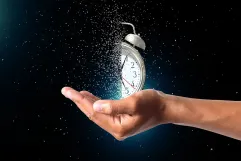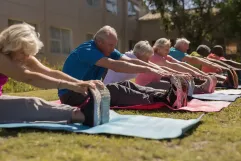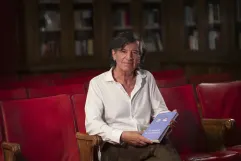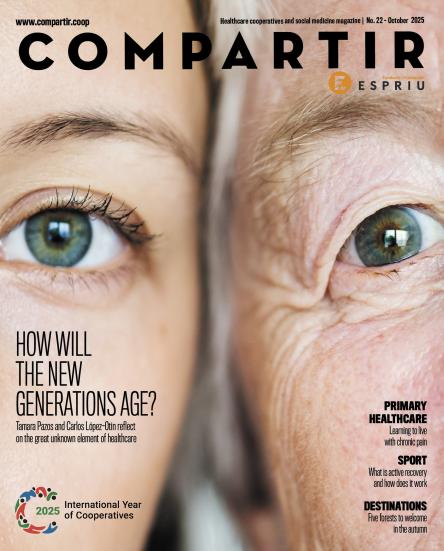
The commitment to active aging
It is very important to know which factors contribute to maintaining this essential physiological reserve that allows us to face up to our daily routine in spite of getting older.
It is clear: one of the secrets for facing up to maturity successfully is to always keep active and healthy. As indicated by Ignasi Bardés, a doctor who specialises in family medicine and geriatrics, an essential element for meeting this target is to “preserve our physiological reserve.” This concept refers to the essential organic capacity to be able to face up to our daily activity. Obviously, “as we get older, this reserve drops until reaching a point of fragility, where we cannot yet consider that we are truly ill, but where we find ourselves at the limit for meeting our needs” Bardés affirms.
A holistic view
Maintaining and increasing the physiological reserve as much as possible is revealed as a primordial element. To do this, we must take into account – as indicated by Bardés, “several dimensions which, when they are in harmony, form a true virtuous circle: exercise and nutrition are, without any doubt, fundamental for maintaining a physical constitution where there is more protein than fat. But it is also very important to maintain an active cognitive life and know how to look after the social and emotional spheres.
This is not just an individual challenge, but rather it demands a global involvement that means a transformation of the way society looks at old age. In Bardés’ words, “we must change the concept that we have today of the older generation. Instead of limiting ourselves to considering that they are people who have already played their part, we can integrate them a great deal more, take into greater consideration all the knowledge and experience that they can still give us.”
Bardés’ holistic approach fully coincides with that of the World Health Organisation (WHO), which defines “active aging” as a “process that optimises the health, participation and safety opportunities to improve people’s quality of life as they get older.” Obviously, this involves several different variables: personal (such as each person’s biological and genetic condition, or their personality) as well as behavioural (those related to habits and lifestyles.)
We must add the unavoidable impact of external determining factors (social, economic, environment or infrastructure and healthcare services) to all these aforementioned elements.
The virtues of preventive medicine
For Tamara Pazos, “the fundamental point is to maintain the homeostasis, that is to say, the organisation’s capacity to regulate its hormone production signals. These are linked to satiety, sleep, emotions or pain” and also to how our organs and our behaviour react to these signals in an optimum way for survival.
“In order to do this, we need to be constant in the basic areas: moderate, regular physical exercise, quality rest, a diet that is rich in fibre, antioxidants and healthy fats and good stress management. It is also important to cultivate activities that give us enjoyment and social connection: laughing, sharing, learning new things. All of this regulates both immunity and hormone production. The truth is, we are not talking about spectacular interventions, but rather simple routines which, if followed over time, are the true preventive medicine,” Pazos adds.



